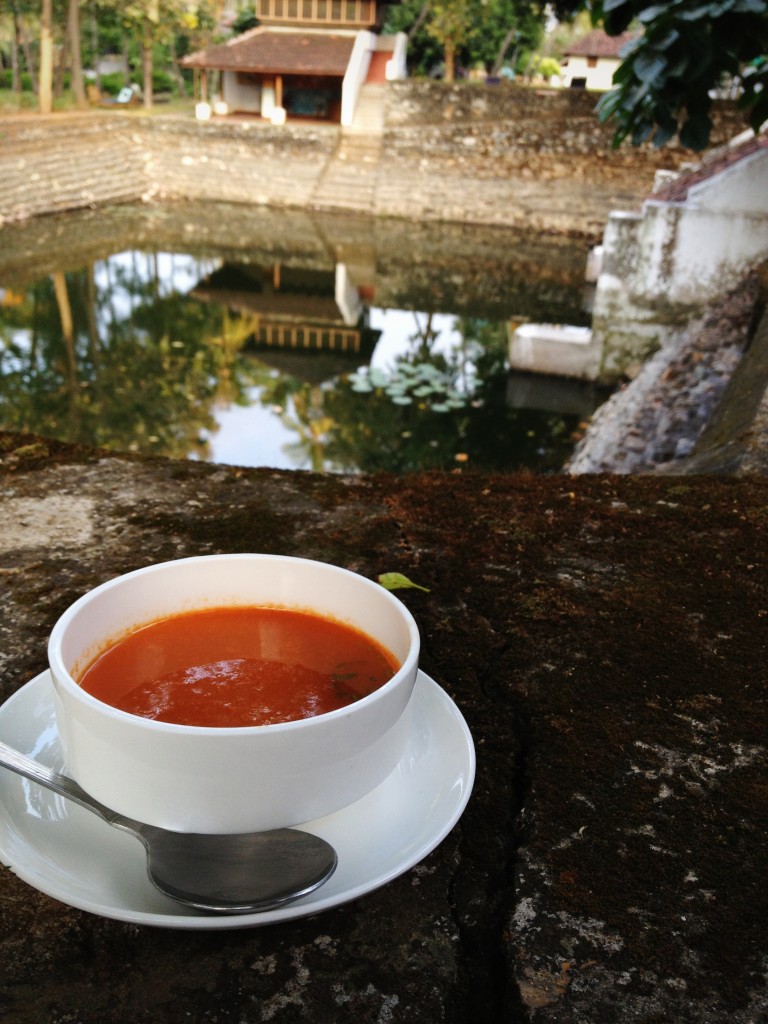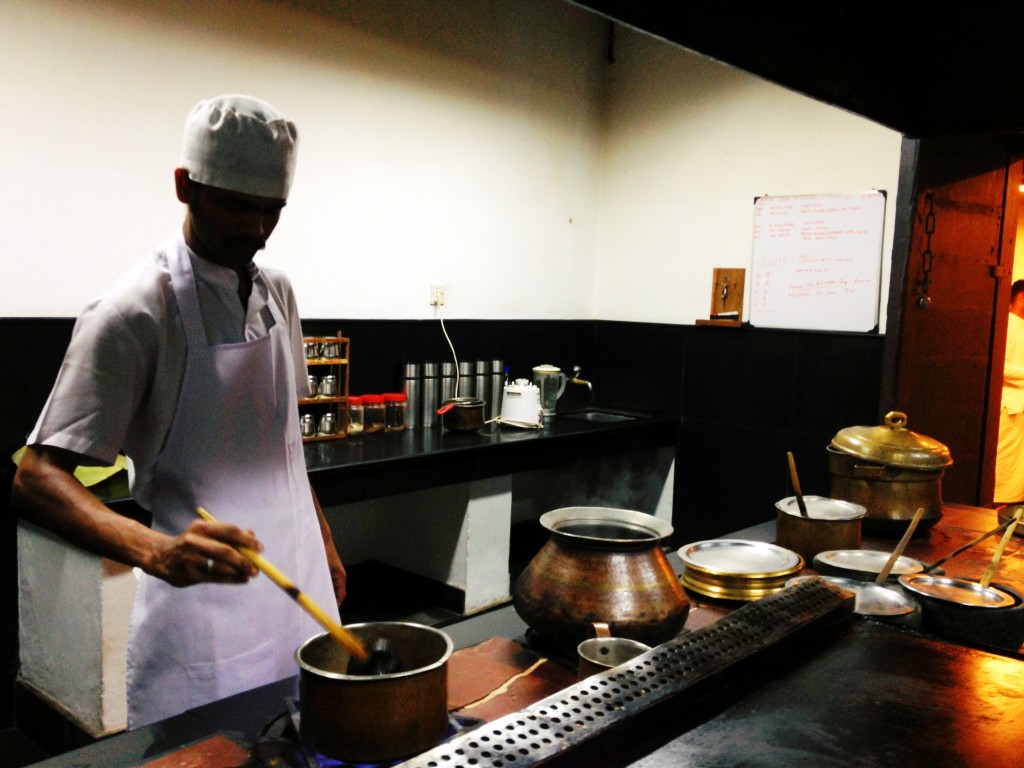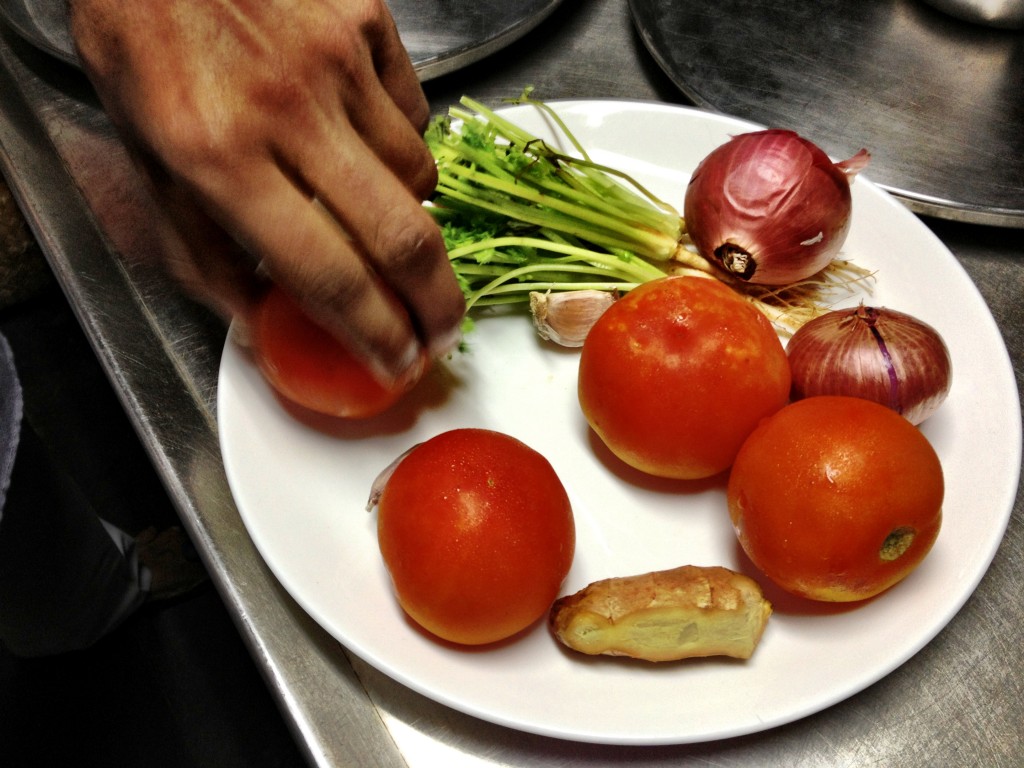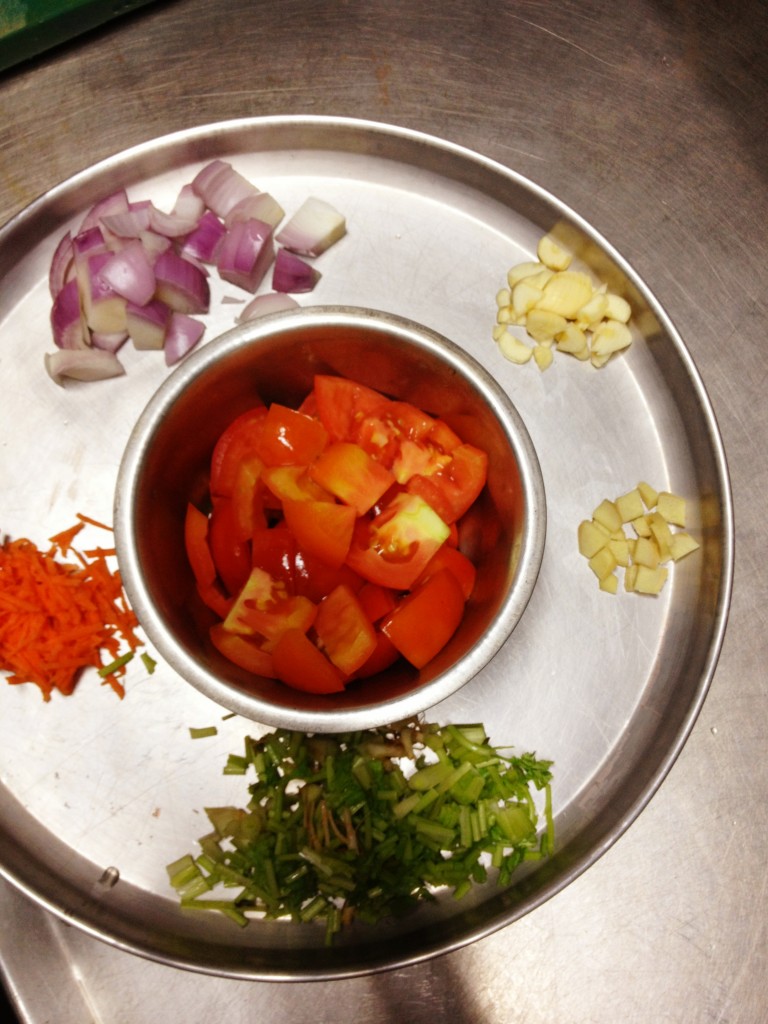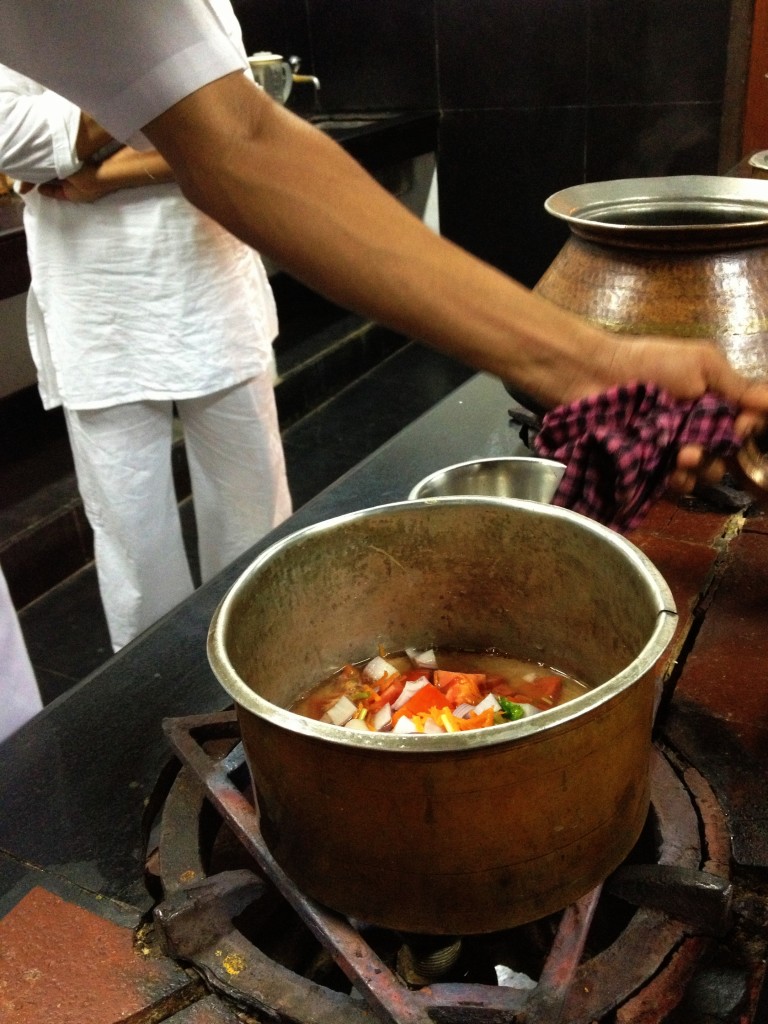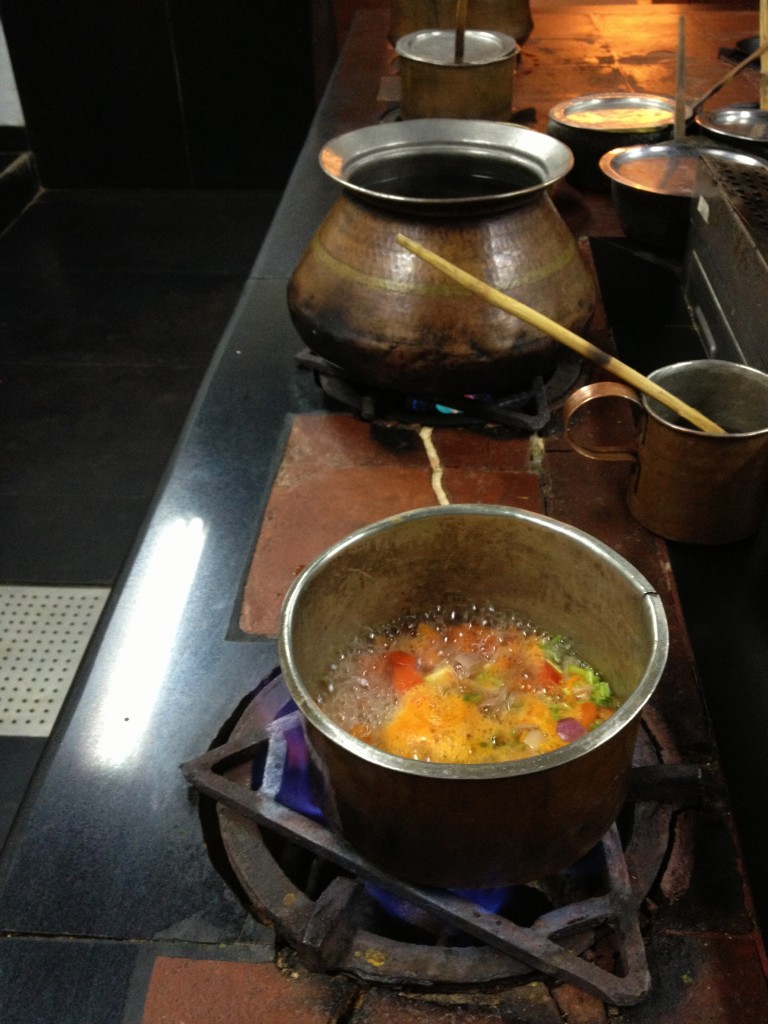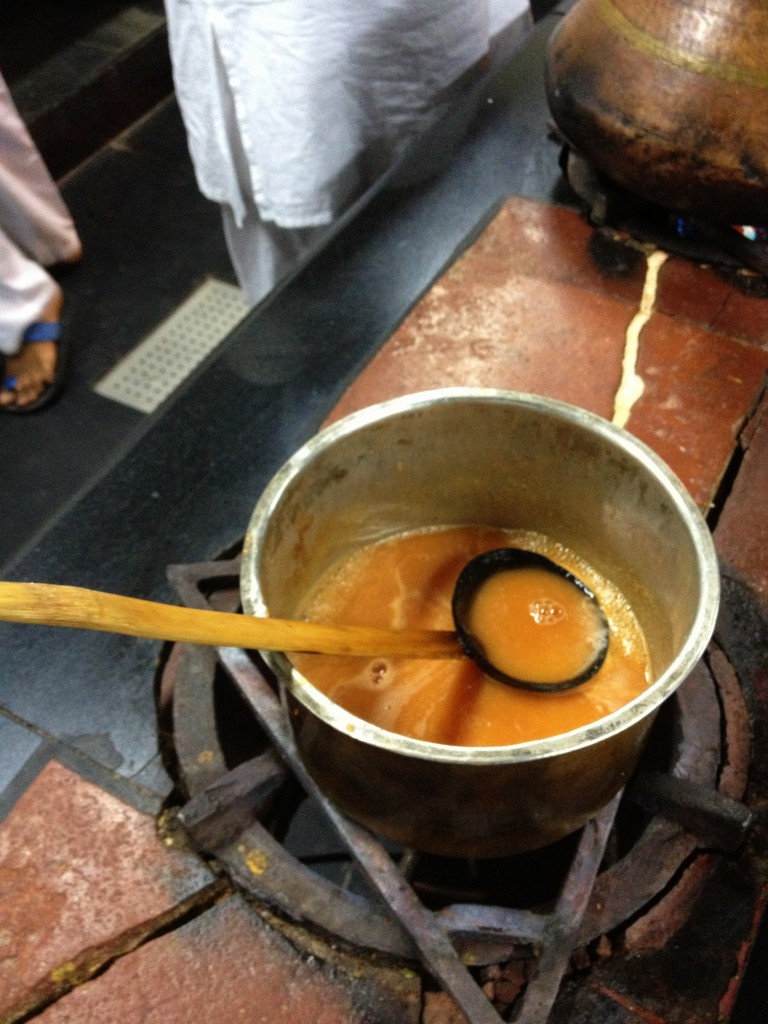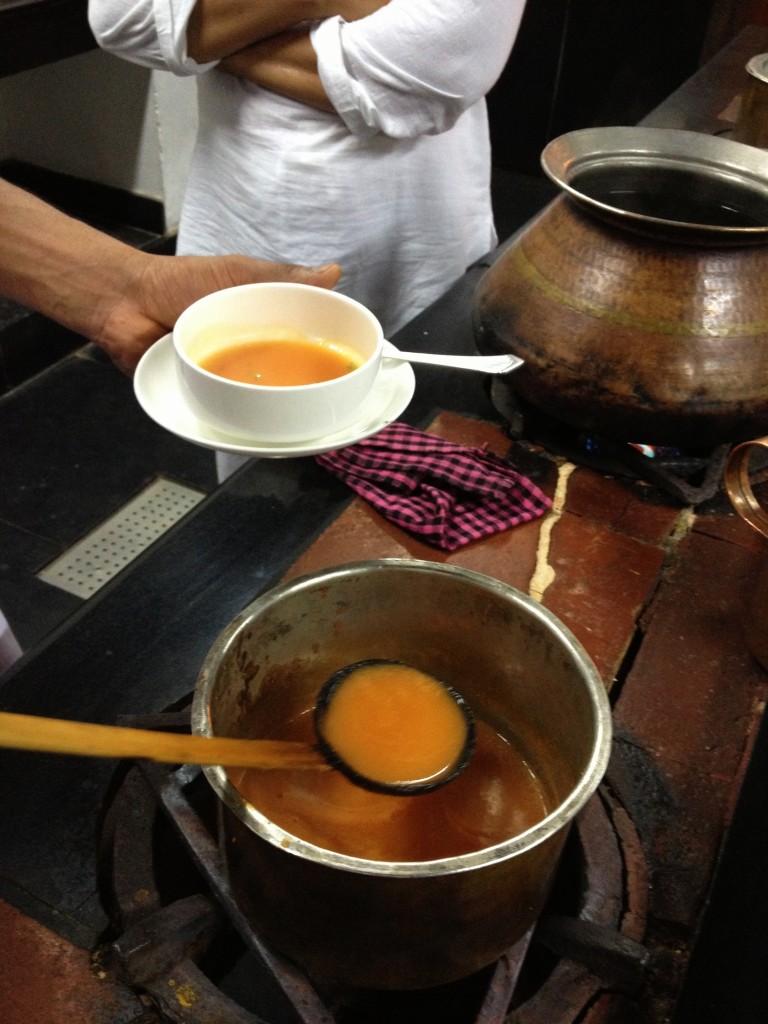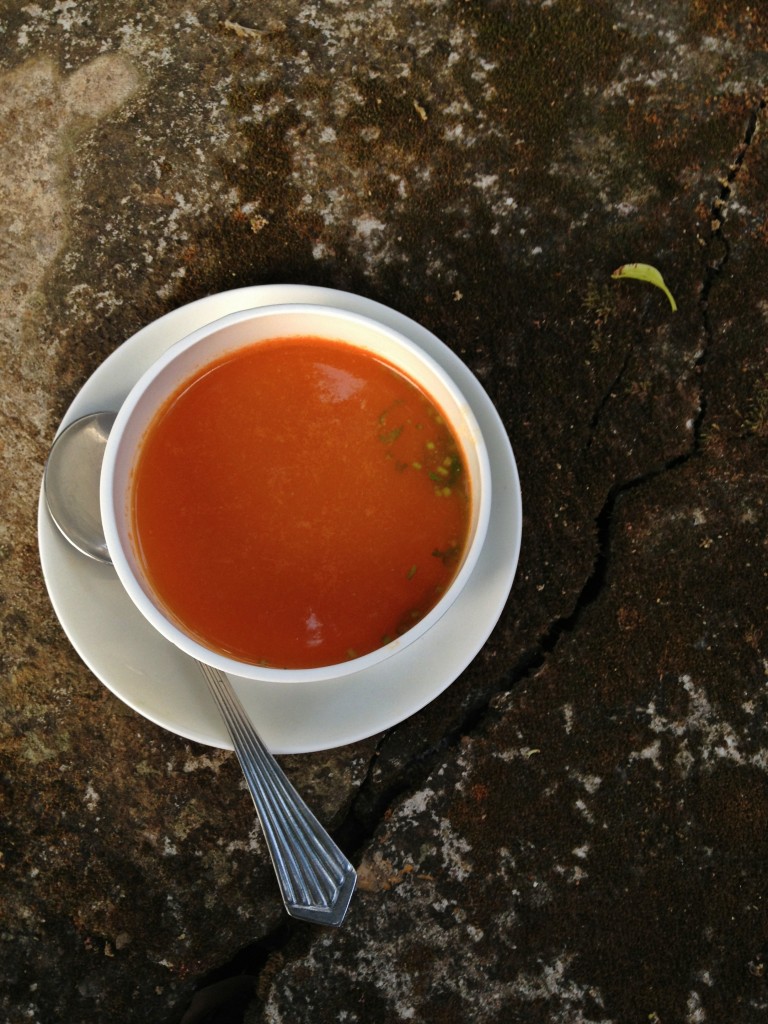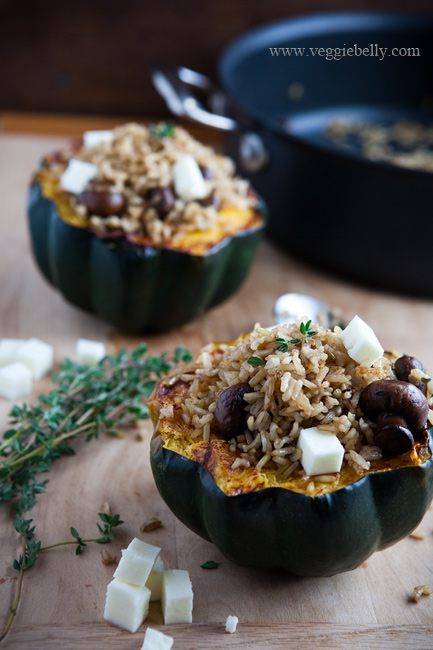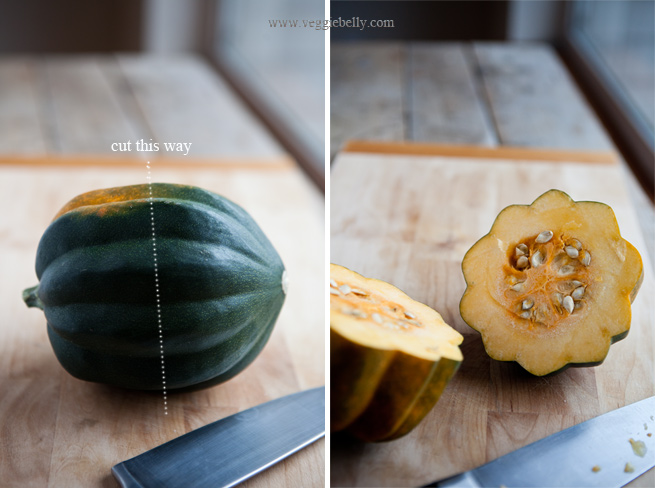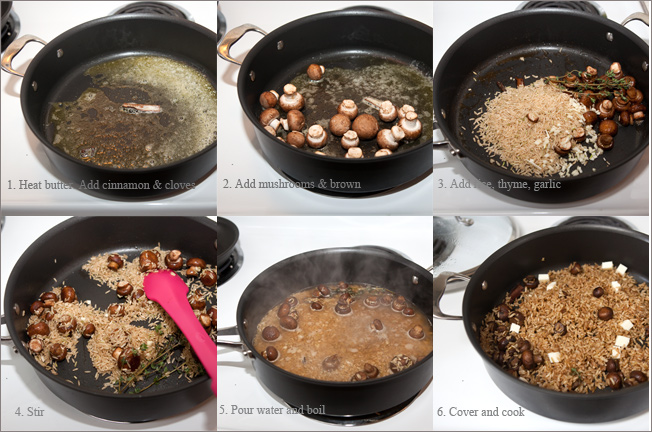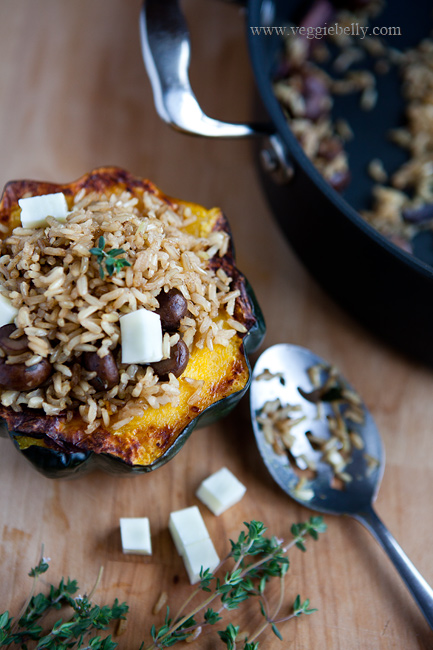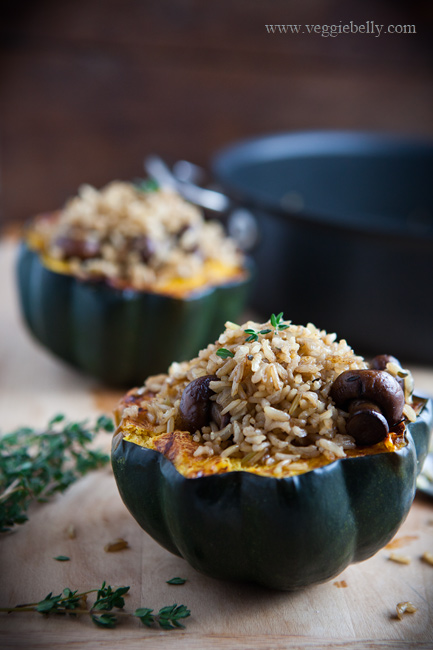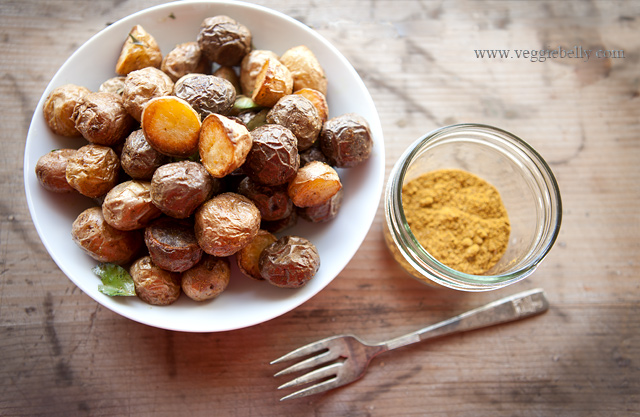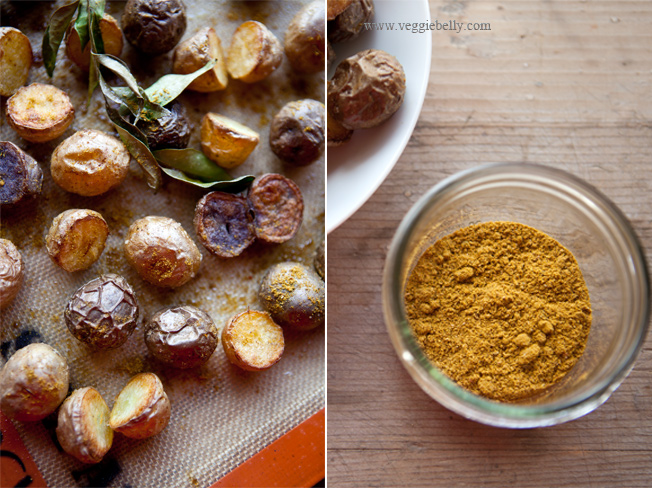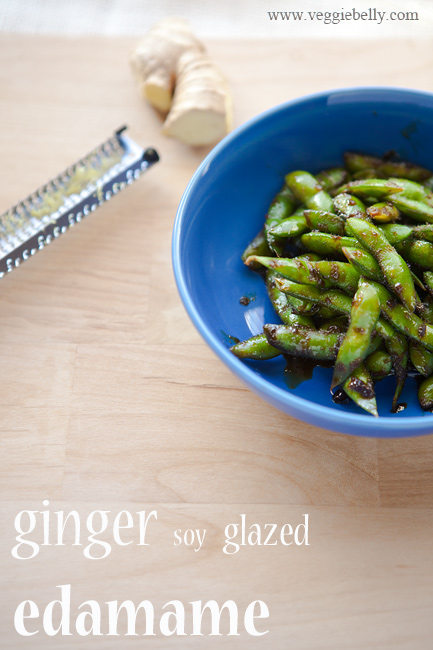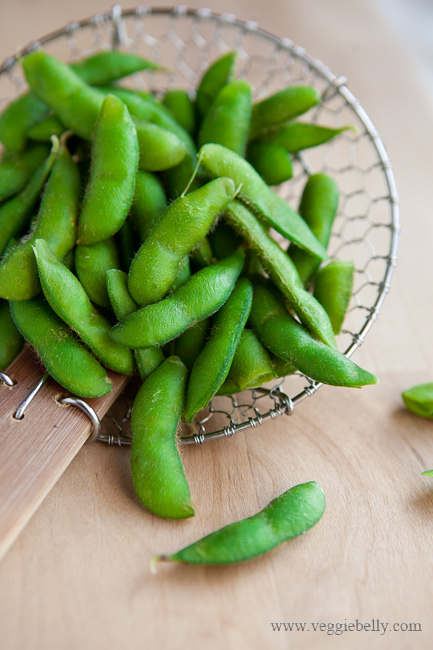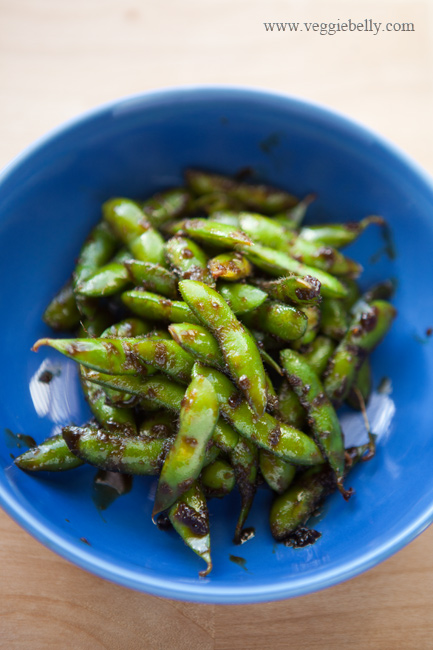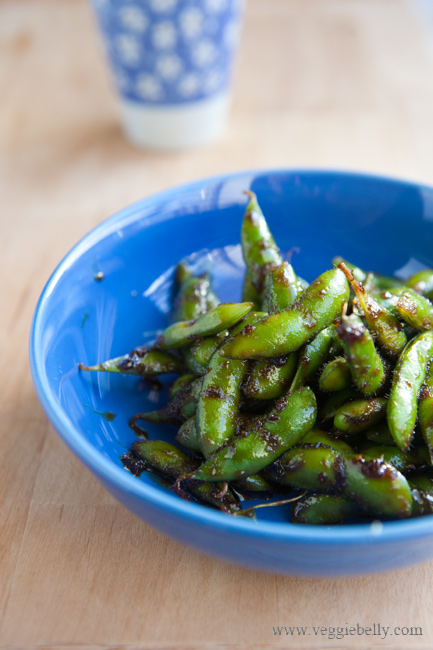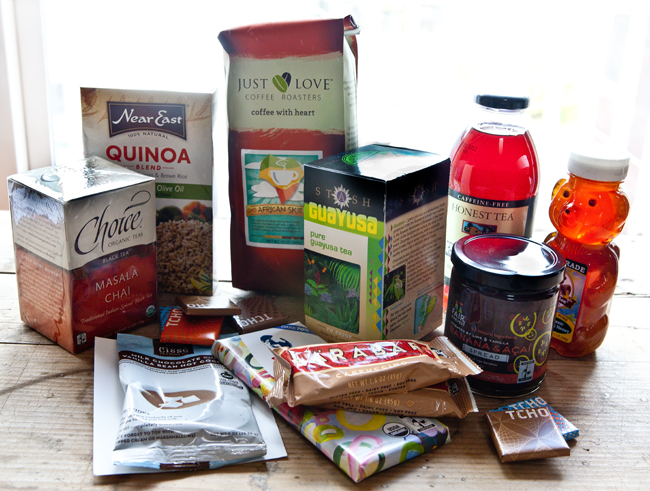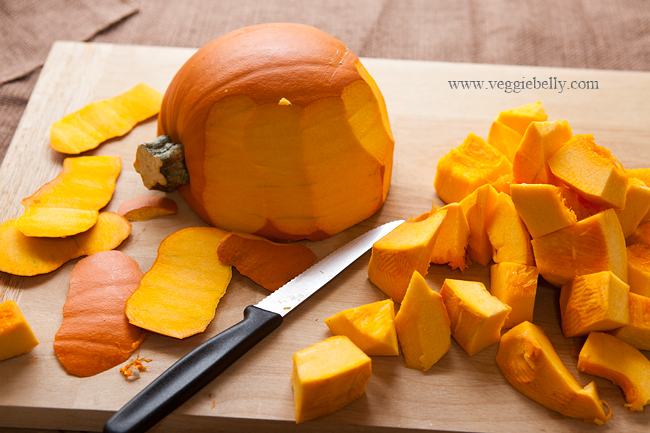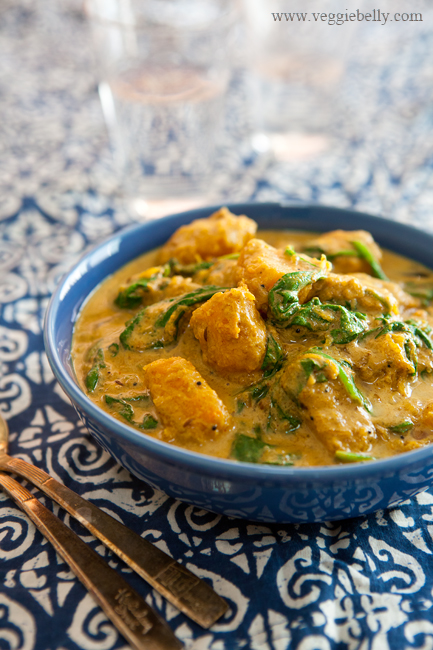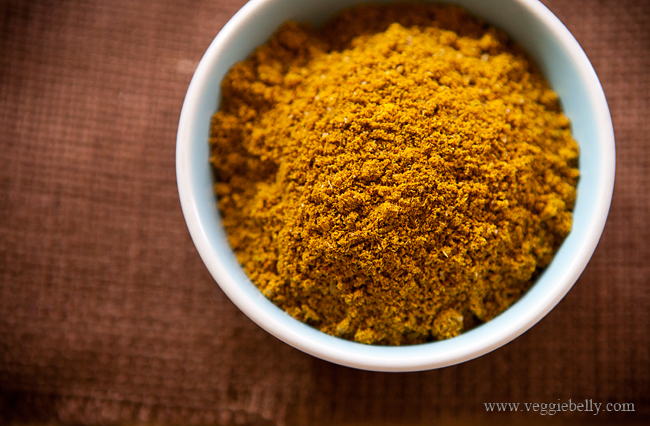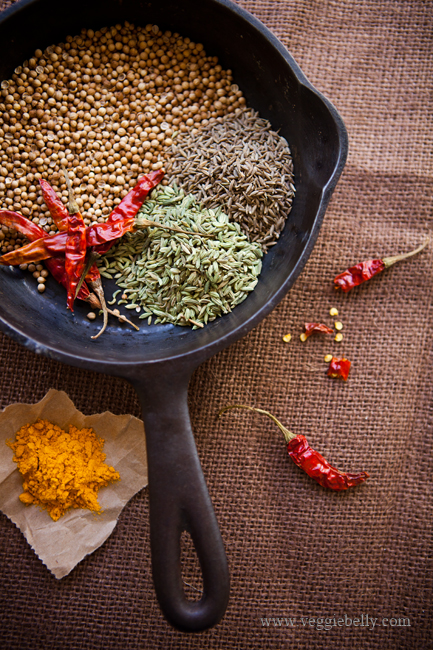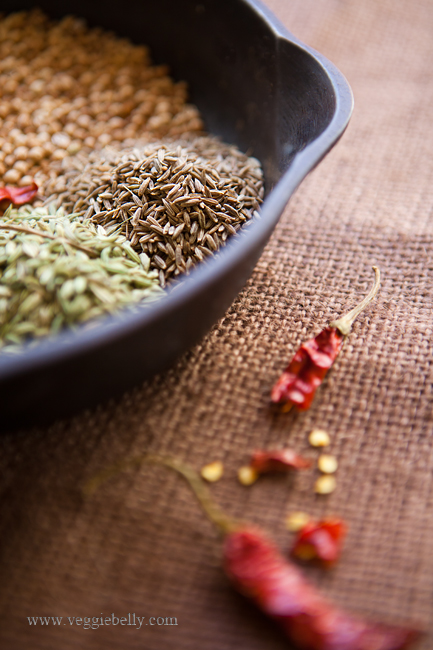
The very talented Nags of Edible Garden blog brings us this easy pumpkin kootu recipe today. A kootu is a side dish of vegetables cooked with lentils. And I cant think of anyone better than Nags to guest post about this traditional South Indian recipe. Her blog is full of everyday, fuss-free Indian recipes. Take it away Nags!
Hello everyone, I am Nags, the writer, cook, and photographer behind Edible Garden. I’ve been blogging for almost 6 years now but haven’t done very many guest posts (this is my 2nd, actually) so please raise a glass with me to Sala’s courage and trust!
It’s been over 7 years since I moved away from home and started cooking to feed myself, but I have only cooked with pumpkin about 2-3 times in this entire period. I can’t quite figure out why this is because pumpkin is a gorgeous vegetable by all means. It’s a lovely orange-yellow, cooks quickly, lends a mild sweetness to the dish, and is generally well-behaved and easy-going. Well, I can only hope I can make up for my rudeness by cooking with it more, so here’s a simple pumpkin kootu recipe to kickstart what I hope is a great relationship between me and the lovely pumpkin.
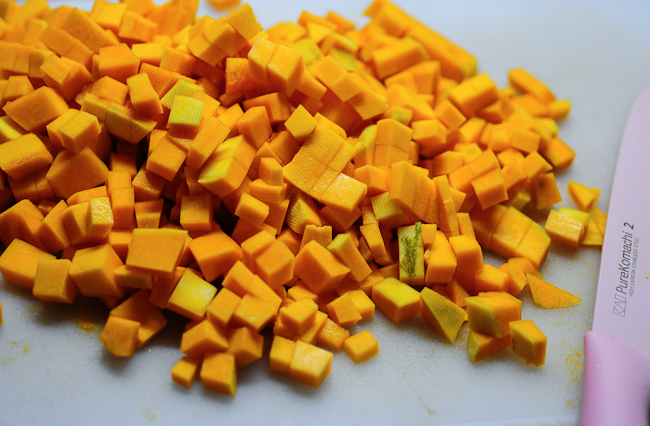
But before I go into the recipe, I must say what an honour it is to take up a small part of Veggie Belly. I’ve been in awe of Sala’s recipes and pictures since the day I set my eyes on this website. She has a lovely eye for details, props, colours and food photography. She’s also so very generous. I won a cookbook in a contest in Veggie Belly once but Sala sent me this entire package filled with goodies all the way from the US to Singapore.
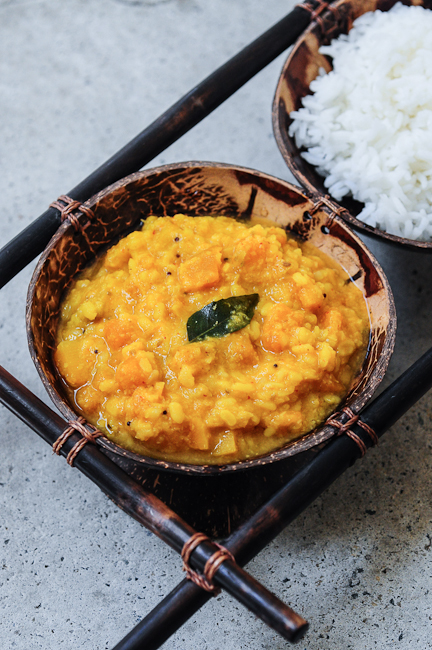
Pumpkin Kootu Recipe
Serves 4
Ingredients
3 cups pumpkin (or kabocha or butternut squash), cut into small cubes.
1 cup yellow moong dal
¼ tsp turmeric powder
Salt
Curry leaves
Grind Together to a Paste
½ cup grated coconut
½ tsp red chilli powder
1 tsp cumin seeds
1 clove of garlic
2 shallots, optional
For Tempering
2 tsp oil
¼ tsp black mustard seeds
¼ tsp hing, optional
Method
- Add the pumpkin, dal, turmeric powder, salt and 4 cups water to a sauce pan and cook on low heat, covered, until the dal is soft and the pumpkin is very soft.
- Add the ground paste to the dal and stir well. If the mixture is too thick, add a bit more water but not too much. I usually wash the blender jar and add that water in which should be sufficient. Throw in the curry leaves. Cook the kootu for about 3 mins. Remove from heat.
- Heat oil for tempering in a skillet. Add the mustard seeds. When they pop, add the hing, if using. Add this to the prepared kootu. Adjust salt if required
- Serve with steamed white rice and any dry vegetable curry
- A variation of this kootu is to use channa dal instead of moong dal and green chillies instead of red chilli powder. Check out this Chow Chow Kootu, for instance.

